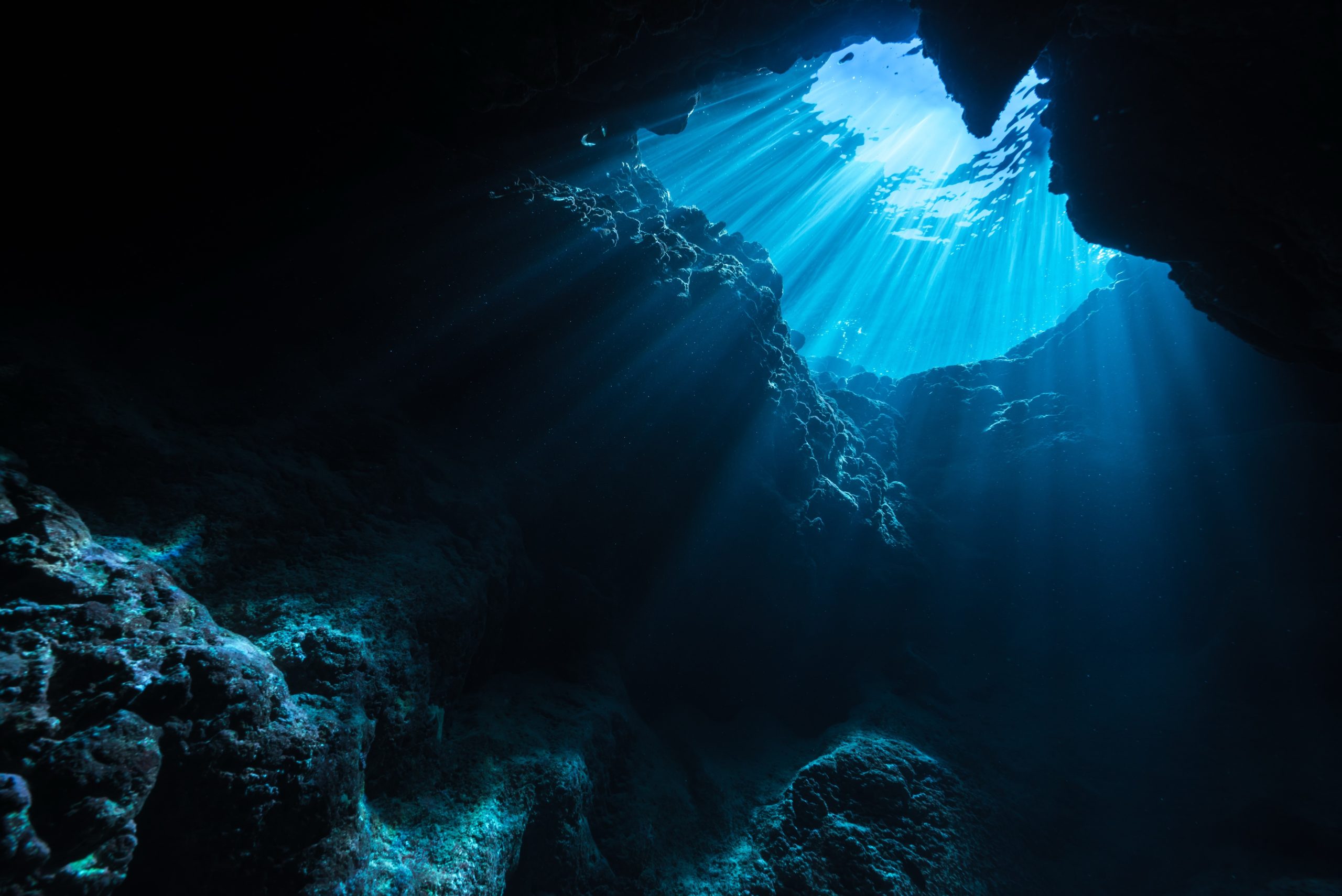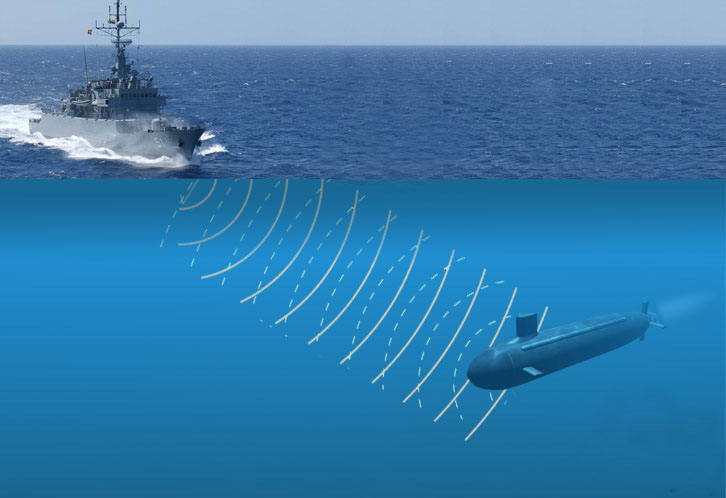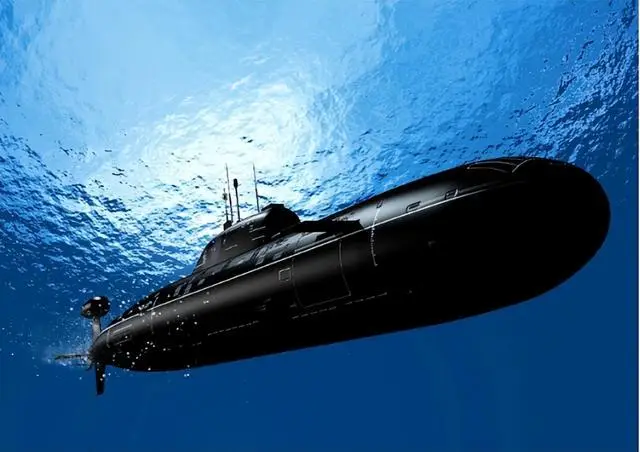Beneath the ocean’s surface lies a world shrouded in mystery, where shipwrecks whisper tales of the past and divers seek to uncover their hidden truths.
🌊 The Allure of Underwater Graveyards
Shipwrecks have captivated human imagination for centuries, transforming ordinary vessels into extraordinary time capsules beneath the waves. These submerged structures, often called “whispering wrecks” by experienced divers, hold secrets that challenge our understanding of maritime history, marine biology, and the very nature of underwater exploration itself.
The term “whispering wrecks” originated from the eerie sounds divers report hearing near these underwater monuments. Metal groaning under pressure, currents flowing through hollow spaces, and marine life creating symphony-like acoustics all contribute to an otherworldly auditory experience that has spawned countless myths and legends within the diving community.
Today’s wreck diving has evolved from simple exploration to a sophisticated blend of archaeology, conservation, and adventure tourism. Yet despite technological advances and increased accessibility, numerous misconceptions continue to surround these mysterious underwater sites, influencing how divers approach them and what they expect to find.
🤿 Debunking Common Diver Myths About Shipwrecks
Myth 1: All Shipwrecks Are Haunted
Perhaps the most persistent myth in wreck diving circles involves supernatural presences aboard sunken vessels. Divers frequently report feeling “watched” or experiencing unexplained phenomena near wrecks, leading to widespread belief that these sites harbor ghostly inhabitants.
The scientific reality is far more fascinating than fiction. What divers interpret as paranormal activity typically stems from several natural phenomena: nitrogen narcosis affecting cognitive function at depth, sensory deprivation causing hallucinations, and the psychological impact of exploring spaces associated with tragedy and loss.
Additionally, the unique acoustic properties of submerged structures create sounds that seem impossible underwater. Metallic creaking, resonating vibrations, and pressure changes produce audio effects that our brains struggle to categorize, often defaulting to supernatural explanations when logical ones escape us.
Myth 2: Treasure Awaits in Every Wreck
Hollywood movies and adventure novels have perpetuated the fantasy that shipwrecks contain vast riches waiting to be discovered. While some wrecks do hold valuable cargo, the overwhelming majority contain nothing more than deteriorating infrastructure and marine growth.
Historical records reveal that most commercial vessels carried mundane cargo—timber, coal, grain, or manufactured goods that have long since decomposed or lost any monetary value. Even military vessels rarely contained the gold bullion or precious gems that populate fictional accounts.
Furthermore, strict maritime laws govern wreck diving in most jurisdictions. Sites are often protected as war graves, archaeological sites, or cultural heritage locations, making any removal of artifacts illegal regardless of their perceived value. Professional archaeologists emphasize that a wreck’s true treasure lies in the historical knowledge it provides, not material wealth.
Myth 3: Deeper Wrecks Are More Dangerous
While depth certainly introduces additional risks, the assumption that deeper automatically means more dangerous oversimplifies wreck diving hazards. Shallow wrecks present unique challenges that can prove equally or more hazardous than deep-water sites.
Shallow wrecks often suffer from worse visibility due to wave action stirring sediment, experience stronger currents that can sweep divers off course, and deteriorate faster from exposure to oxygen and biological activity. Additionally, the false security of diving in shallower water can lead to complacency regarding safety protocols.
Conversely, many deep wrecks sit in calm, clear water with excellent visibility and minimal current. The primary dangers—nitrogen narcosis, decompression obligations, and limited bottom time—are manageable with proper training, equipment, and planning. Experienced technical divers often find deep wrecks more predictable than their shallow counterparts.
🔍 The Science Behind Wreck Preservation
Understanding how shipwrecks transform over time requires knowledge of complex biological, chemical, and physical processes. These underwater sites exist in dynamic equilibrium with their marine environment, constantly changing yet often remarkably stable.
Saltwater corrosion represents the primary destructive force affecting metal wrecks. However, the rate of deterioration varies dramatically based on factors including water temperature, salinity, oxygen levels, and bacterial activity. Cold, deep, low-oxygen environments preserve wrecks far better than warm, shallow, oxygen-rich waters.
Wooden wrecks face different challenges, particularly from shipworms and other wood-boring organisms. Paradoxically, some of the best-preserved wooden shipwrecks lie in environments inhospitable to these creatures, such as the anoxic depths of the Black Sea or freshwater lakes where marine borers cannot survive.
The Role of Marine Encrustation
Contrary to popular belief, the coral, sponges, and other organisms colonizing shipwrecks don’t simply destroy them—they often help preserve underlying structures. This biological coating creates a protective barrier against corrosion while stabilizing loose components.
Marine growth transforms wrecks into artificial reefs, dramatically increasing local biodiversity. Studies show that established wreck sites support up to 400% more marine life than surrounding seabed, making them crucial conservation zones in otherwise barren underwater landscapes.
However, this encrustation process also obscures original features, making archaeological documentation challenging. Researchers must balance preservation concerns with the scientific need to access and study underlying structures, requiring careful planning and minimal-impact investigation techniques.
🗺️ Famous Whispering Wrecks Around the Globe
The SS Thistlegorm, Red Sea
Sunk by German bombers in 1941, this British armed Merchant Navy ship ranks among the world’s most celebrated wreck dives. The Thistlegorm’s well-preserved cargo of motorcycles, trucks, rifles, and munitions provides an extraordinary snapshot of World War II logistics.
Divers report particularly strong “whispers” when exploring the Thistlegorm’s holds, where metal expansion and contraction create distinctive sounds. The wreck’s excellent condition at relatively accessible depths makes it perfect for examining how marine environments preserve historical artifacts.
The USAT Liberty, Bali
Originally torpedoed in 1942 and beached at Tulamben before sliding underwater during a 1963 volcanic eruption, the Liberty demonstrates how catastrophic events can create diving opportunities. The wreck sits in shallow water close to shore, making it accessible to divers of all experience levels.
The Liberty’s abundant marine life and easy access have made it Indonesia’s most-dived wreck site. Its transformation from war casualty to thriving artificial reef showcases the positive environmental impact properly managed wreck sites can achieve.
The SS President Coolidge, Vanuatu
This converted luxury liner turned troop transport struck friendly mines in 1942 and sank in relatively shallow water with most of her equipment intact. The Coolidge’s enormous size—over 650 feet long—creates a diving experience unlike any other, requiring multiple dives to explore thoroughly.
The wreck features remarkable artifacts including Jeeps, chandeliers, a lady’s bathroom with porcelain fixtures, and “The Lady,” a famous ceramic relief. The Coolidge demonstrates how non-combat losses can create historically significant diving sites.
⚠️ Safety Considerations for Wreck Exploration
Wreck diving demands respect, preparation, and specialized training beyond basic open-water certification. The enclosed environments, potential entanglement hazards, and often challenging conditions require divers to develop additional skills and maintain heightened awareness.
Essential Training and Certification
Proper wreck diving training covers penetration techniques, line handling, emergency procedures, and wreck-specific navigation skills. Certification agencies offer courses ranging from basic wreck awareness to advanced technical penetration diving for experienced practitioners.
Training emphasizes the “rule of thirds” for gas management, proper use of guidelines to prevent disorientation, and techniques for navigating silty environments where visibility can disappear instantly. Students learn to recognize structural instabilities and avoid disturbing fragile areas that might collapse.
Specialized equipment becomes necessary for wreck penetration, including redundant lighting systems, cutting tools for entanglement emergencies, and proper exposure protection for potentially lengthy decompression obligations. Technical divers exploring deep wrecks also require training in mixed-gas diving and decompression theory.
Environmental and Archaeological Responsibility
Modern wreck diving emphasizes leave-no-trace principles and archaeological preservation. Divers should never remove artifacts, disturb remains, or damage marine growth. Many jurisdictions enforce strict penalties for wreck disturbance, including substantial fines and imprisonment.
Photography and videography allow divers to document their experiences without impacting sites. Advanced imaging techniques including photogrammetry enable creation of detailed 3D models that serve both recreational and research purposes while leaving wrecks undisturbed.
Proper buoyancy control represents perhaps the most critical skill for responsible wreck diving. Maintaining neutral buoyancy prevents accidental contact with fragile structures, reduces sediment disturbance, and minimizes environmental impact while enhancing personal safety.
🌟 The Future of Wreck Diving and Exploration
Technological advances continue revolutionizing how we discover, document, and experience shipwrecks. Remote operated vehicles (ROVs) and autonomous underwater vehicles (AUVs) enable exploration of sites too deep or dangerous for human divers, expanding our knowledge of the ocean’s hidden history.
Artificial intelligence and machine learning algorithms now assist in locating undiscovered wrecks by analyzing historical records, ocean currents, and seafloor topography. These technologies have identified hundreds of potential sites awaiting investigation, promising decades of future discoveries.
Virtual reality technology allows landlocked individuals to experience wreck diving without getting wet. High-resolution 3D scans transformed into immersive VR experiences democratize access to these underwater museums while relieving pressure on popular dive sites experiencing over-visitation.
Conservation Challenges Ahead
Climate change poses new threats to wreck preservation. Rising ocean temperatures accelerate corrosion rates, alter marine ecosystems surrounding wrecks, and increase storm intensity that can damage or destroy shallow sites. Ocean acidification affects both metal corrosion and the marine organisms that help stabilize wreck structures.
The diving community increasingly recognizes its role in monitoring and protecting these underwater cultural heritage sites. Citizen science initiatives train recreational divers to document wreck conditions, report changes, and contribute valuable data to ongoing research projects.
Balancing public access with preservation remains an ongoing challenge. Popular wrecks show signs of wear from thousands of annual visitors, prompting discussions about visitor limits, mandatory guide requirements, and seasonal closures to allow ecological recovery.
🎓 Learning from the Depths: What Wrecks Teach Us
Beyond adventure and exploration, shipwrecks provide invaluable insights into maritime history, naval architecture, and human stories otherwise lost to time. Each wreck represents a moment frozen in history, offering unique perspectives on technological development, trade routes, warfare, and daily life in past eras.
Archaeological research on shipwrecks has rewritten understanding of ancient trade networks, navigation techniques, and cultural exchange. Cargo contents reveal economic relationships, while ship construction methods demonstrate technological capabilities and resource availability of different civilizations.
Personal items discovered in wrecks—letters, photographs, clothing, and personal effects—provide poignant connections to individuals who sailed aboard these vessels. These artifacts humanize historical events, transforming abstract dates and statistics into tangible stories of real people facing extraordinary circumstances.
Educational Opportunities and Public Engagement
Museums worldwide feature shipwreck exhibitions combining recovered artifacts with modern technology to engage public interest in maritime heritage. Interactive displays allow visitors to explore wreck sites virtually, understanding archaeological processes and historical contexts.
Educational programs bring shipwreck archaeology into classrooms, inspiring students to pursue careers in marine science, archaeology, and conservation. Hands-on activities and underwater video footage make history tangible and exciting for younger generations.
Documentary filmmaking continues revealing the mysteries of famous wrecks to global audiences. High-quality productions combine stunning underwater cinematography with expert commentary, making specialized knowledge accessible while raising awareness about preservation needs.
💭 The Whispers Continue: Embracing Mystery and Knowledge
The most fascinating aspect of whispering wrecks may be how they simultaneously reveal and conceal truth. For every question answered through careful research and exploration, new mysteries emerge, ensuring these underwater time capsules retain their allure for future generations.
Some mysteries may never be fully resolved—the exact circumstances of certain sinkings, the identities of all who perished, or the complete stories of vessels lost centuries ago. This uncertainty doesn’t diminish their value but rather enhances it, reminding us that some whispers deserve reverent listening rather than definitive translation.
Modern wreck diving represents a synthesis of adventure, science, and stewardship. By debunking harmful myths while embracing genuine wonder, divers can engage with these sites responsibly, ensuring they continue whispering their stories to curious explorers for generations to come.
The ocean guards thousands of undiscovered wrecks, each with unique stories waiting to be told. As technology advances and exploration continues, our understanding of these mysterious depths will deepen, though the fundamental appeal—that thrilling combination of history, adventure, and discovery—will remain timeless.
Whether you’re an experienced technical diver planning deep expeditions or someone fascinated by maritime history from dry land, the world of whispering wrecks offers endless opportunities for learning, reflection, and connection with our shared human past beneath the waves.
Toni Santos is a visual storyteller and educational ethnographer whose work celebrates the fluid knowledge systems of nomadic cultures. Through art and research, Toni brings attention to how learning has thrived outside traditional institutions—rooted in movement, oral tradition, and deep connection to land and community.
Guided by a passion for ancestral wisdom, adaptive pedagogy, and cultural resilience, Toni explores the tools, rituals, and environments that once shaped the minds of travelers, herders, and migrating communities. Whether illustrating storytelling circles beneath open skies, wearable mnemonic devices, or maps woven into textiles, Toni’s work honors learning as a lived, sensory, and communal experience.
With a background in visual anthropology and intercultural design, Toni reconstructs the educational models of mobile societies through images and narratives that restore their dignity and relevance in today’s world.
As the creative mind behind Vizovex, Toni shares a rich tapestry of visual essays, artifact-inspired art, and curated stories that reveal the genius of teaching and learning on the move.
His work is a tribute to:
The wisdom of learning through journey, rhythm, and story
The spatial and environmental intelligence of nomadic cultures
The power of intergenerational knowledge passed outside walls
Whether you’re an educator, researcher, or lifelong learner, Toni invites you to step into a world where education is not confined, but carried—one step, one song, one shared insight at a time.





